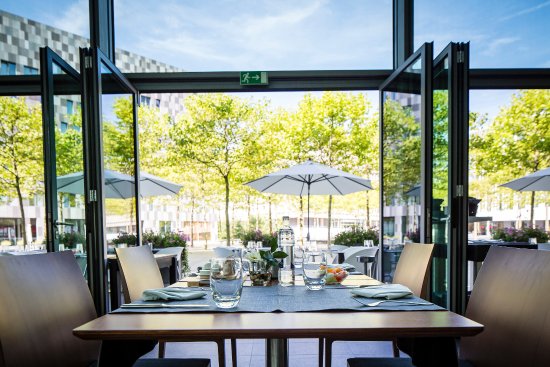Aveyron
WELCOME TO Aveyron
Entry Into Department
Rodez
8,735 km2
278,000
French

Popular
Geography and Tourist Attractions
Information about the canton's tourist attractions, including popular destinations, events, and activities.
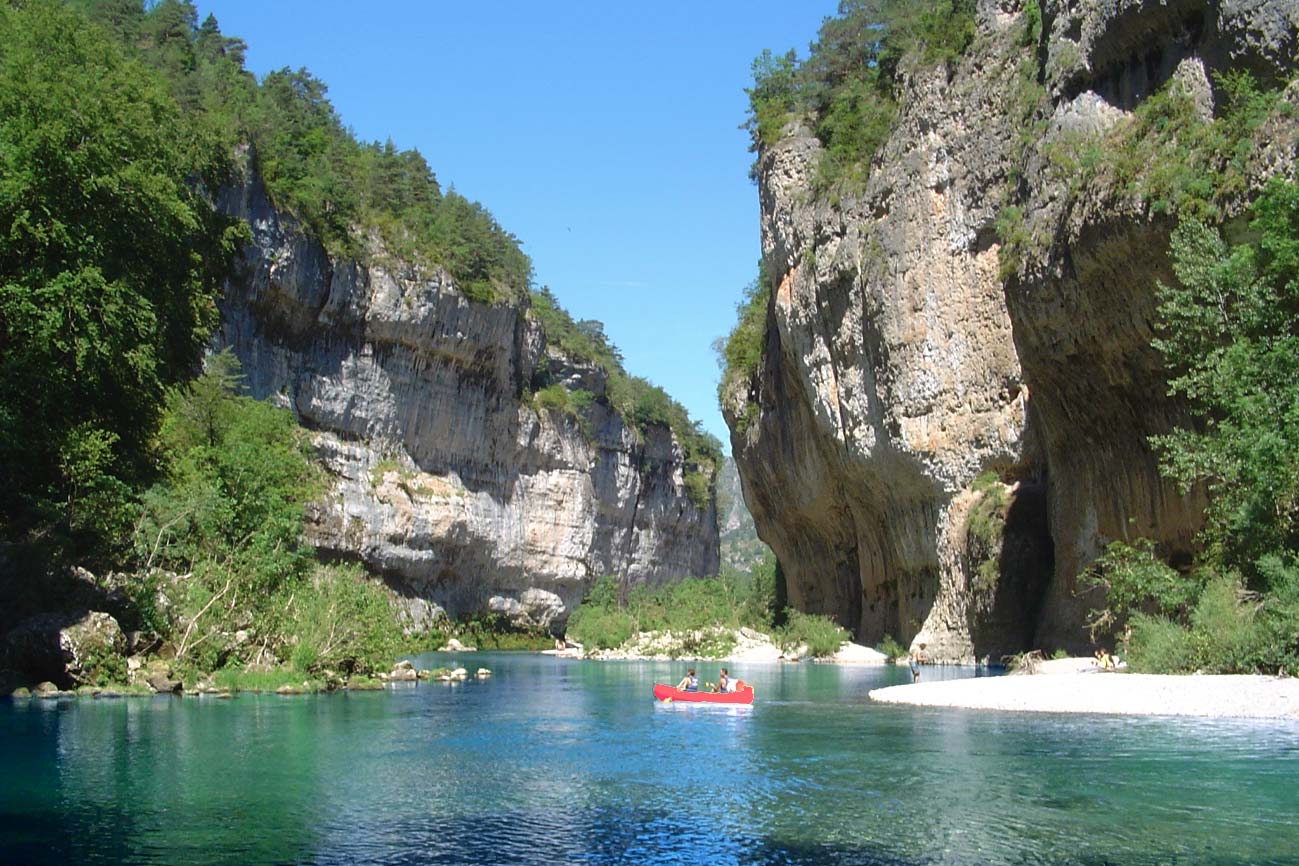
Gorges du Tarn
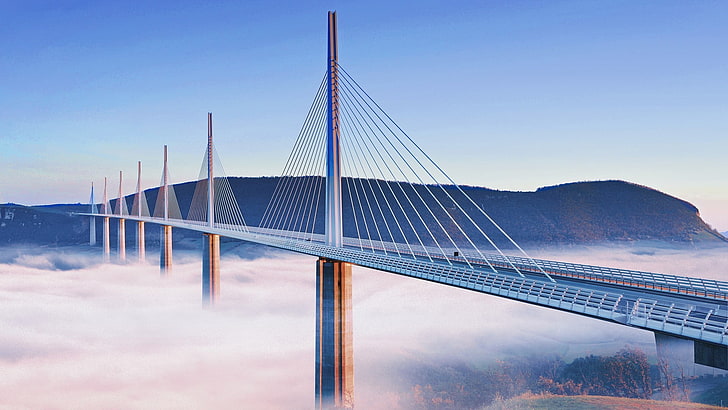
Millau Viaduct
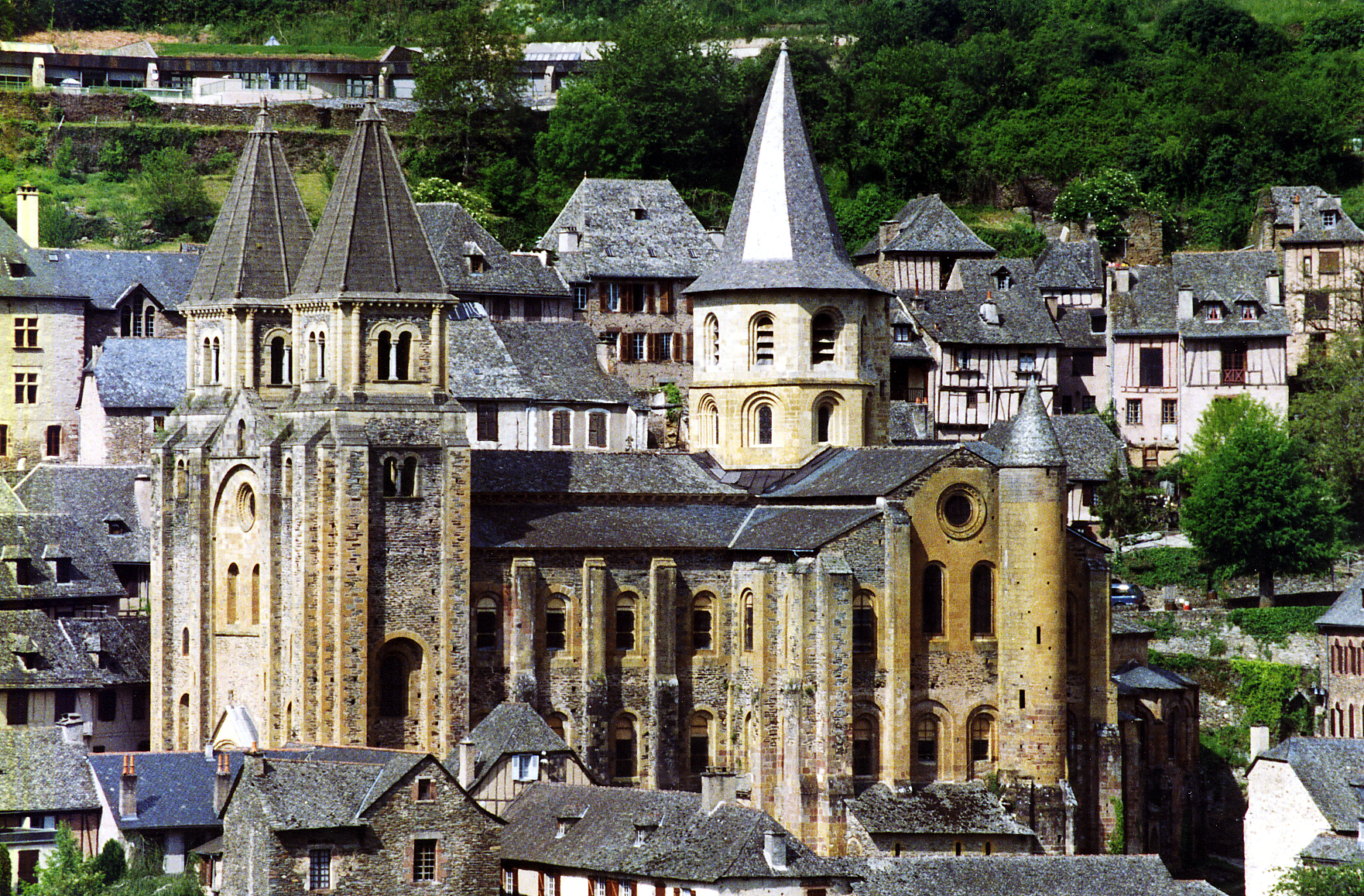
Conques
Political
Economy and Government
Aveyron's economy is diverse, with agriculture, manufacturing, and tourism being the primary industries. The region is known for producing high-quality Roquefort cheese and other dairy products. Agriculture also includes the cultivation of cereals, vines, and fruits, as well as sheep and beef farming. The manufacturing industry in Aveyron is centered around the production of machinery and equipment, as well as the aerospace and defense sectors. The region also has a growing tourism industry, with visitors coming to explore its natural beauty and cultural heritage.
The government of Aveyron is led by a prefect, who represents the national government, and a president of the departmental council, who oversees local government affairs. The departmental council is responsible for managing local services, such as education, social welfare, and infrastructure. Aveyron is divided into three arrondissements and 23 cantons, which elect representatives to the departmental council.
Overall, Aveyron's economy is diverse and its government is responsible for managing local affairs and providing essential services to its residents. The region's natural beauty and cultural heritage continue to attract visitors from around the world, making tourism an increasingly important part of its economy.

History
History and Culture
Aveyron has a rich history and culture that spans over thousands of years. The region was inhabited by prehistoric communities, and later by the Gauls and the Romans. Aveyron was a key center of resistance during the Hundred Years' War, and was also an important region for the Huguenot movement during the Reformation.
Aveyron's cultural heritage is also reflected in its traditional arts and crafts, such as pottery, knife-making, and embroidery. The region has a long tradition of music and dance, with folk festivals and events held throughout the year.
One of the most famous cultural landmarks in Aveyron is the UNESCO World Heritage Site of the Abbey Church of Saint Foy in Conques, which dates back to the 11th century. Other notable historic and cultural sites include the medieval castle of Najac, the fortified town of La Couvertoirade, and the Gothic Cathedral of Rodez.
Aveyron's cuisine is also an important part of its cultural heritage, with a focus on locally-sourced and high-quality ingredients. The region is particularly famous for its Roquefort cheese, which is produced exclusively in Aveyron.
HOTELS

La Bastide de Lassalle
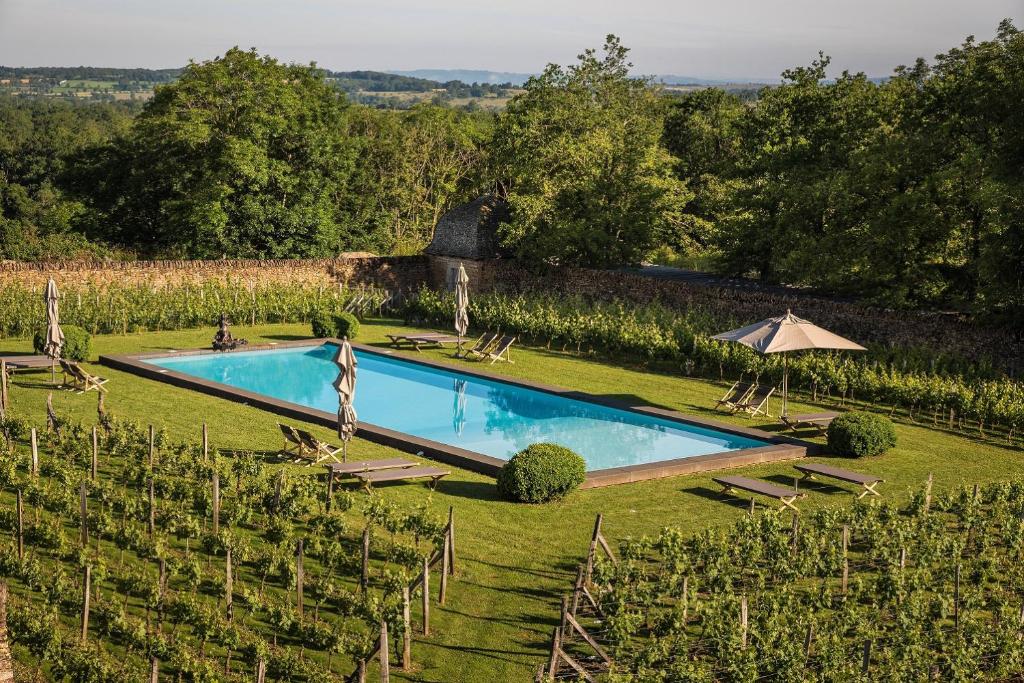
Château de Labro
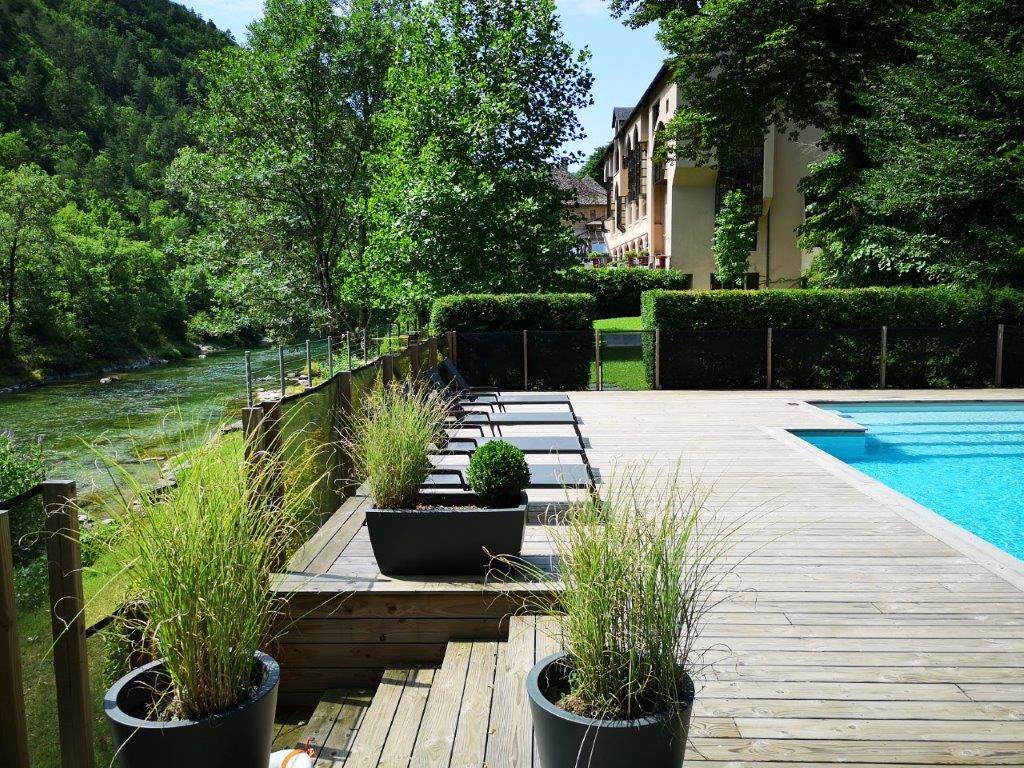
Hôtel de la Muse et du Rozier
RESTAURANTS
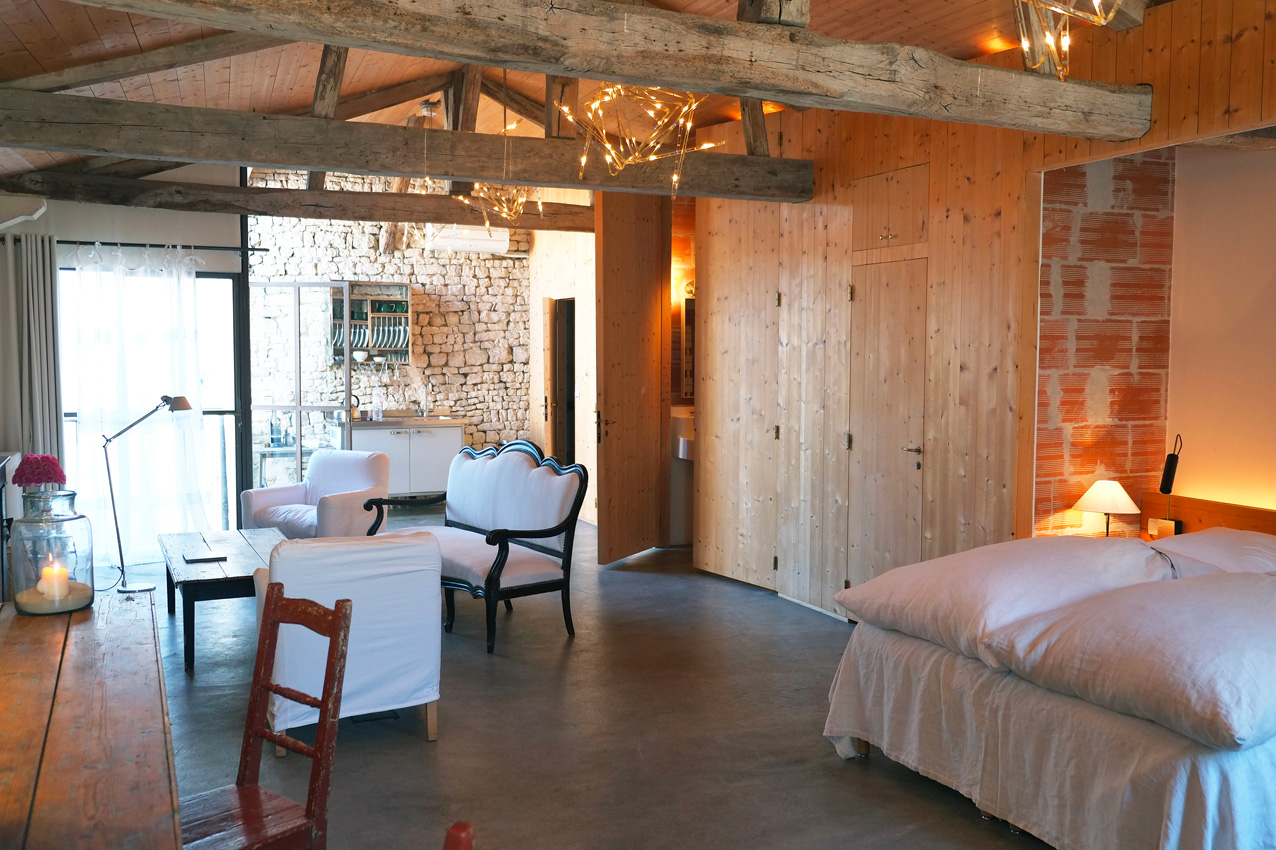
Le Sénéchal
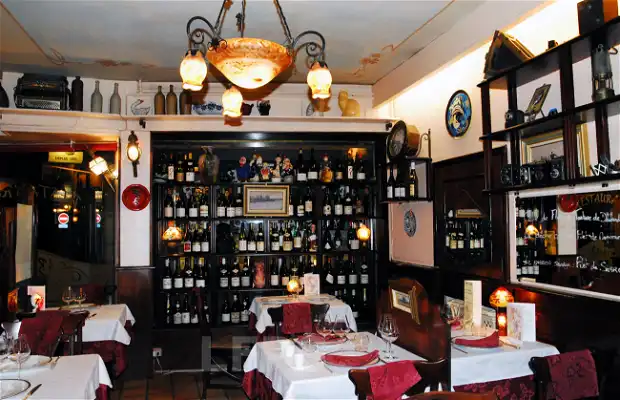
Le Bistrot de la Tour
